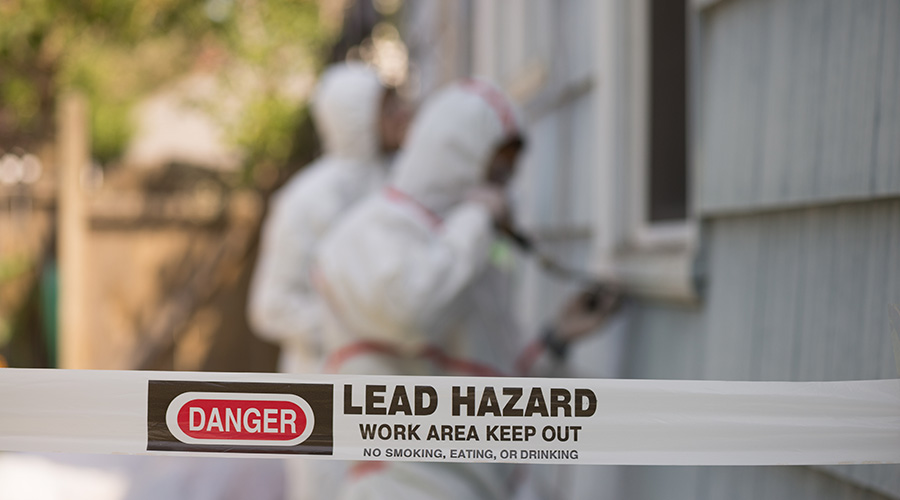The ‘Power’ of Training
Successful training for electricians requires a comprehensive review of in-house skills and equipment demands
Today’s facilities rely more heavily than ever on electrical distribution systems to perform a range of essential operations and equipment. As a result, keeping distribution systems running efficiently and reliably has become a higher priority for maintenance and engineering departments.
A central element in ensuring the performance of electrical distribution systems is continual and effective training for front-line technicians who service and maintain key systems components, from transformers, generators and motors to wires and conduits.
The challenge for managers is locating training options that are cost effective and that target technicians’ specific needs.
Identifying Needs
An early step in the process is determining the essential areas of training based on technician skill level and job responsibilities. Job titles vary considerably among facilities and organizations, as does the scope of duties. But basically, there are two sets of duties — electrical repair and instrument repair.
In small facilities, one employee might perform power distribution, lighting, electronic and instrument inspection, troubleshooting and repair and maintenance, and installation and modification of all of these types of equipment.
As facilities expand, the work is divided into more specialized classifications, with more employees in each classification.
Typically, an electrician reports to a maintenance supervisor and is assigned to a high labor grade. Training is tied to major responsibilities, which include some or all of the following:
- troubleshoots, diagnoses and corrects electrical problems in the power distribution, electrical equipment and lighting systems
- installs, removes repairs, overhauls and tests electrical equipment, both alternating and direct current
- performs installation, removal and repair of a range of electrical equipment, such as power circuits, lighting systems, switchgear, transformers, starters, controllers, capacitors, equipment power and control systems, and electronic power, control and communication equipment
- performs mechanical work on electrical systems
- works to meet current electrical codes and company policy and practices
- selects proper equipment size, wire, and conduit sizes, breaker, switch and fuse sizes from appropriate catalogs
- reads electrical and related blueprints
- performs mathematics to determine proper components and installation requirements
- possesses skill to use all necessary electrical tools, both manual and power
Preparing the Plan
Managers’ first step toward efficient electrical maintenance training is preparing a master training plan. Job descriptions, such as the one outlined above, provide good starting points.
The first step in developing a master plan is conducting a needs assessment for current employees. Managers might find that some incumbents do not have the minimum education or skill requirements for their jobs. Start the training program by upgrading the skills of employees to the requirements of their current jobs.
With the job description in hand, review the duties with the incumbent’s supervisor — the person who has the most detailed knowledge of the worker’s skills. Highlight the duties where training is needed. These highlighted items are the training needs for that employee. When implemented, training in these areas will provide the most immediate return to the company and the individual.
The next step is conducting a needs assessment for new employees. Managers should review orientation and screening material for new electrical technicians. Find out if the material is applicable to entry level jobs in which new applicants would be placed when they are hired or transferred from other jobs in the organization.
Compare the entry job descriptions with the applicant screening questionnaire. Does the questionnaire ask about specific job skills listed in the job description? If the answer is “no” or “partially,” revise the screening procedure. These first two steps can increase maintenance productivity substantially by upgrading the quality of employees in the department.
Next, managers need to periodically upgrade training needs. Provide skill training for all existing, experienced maintenance employees when introducing new tasks, processes, equipment or products. Also, provide recalibration training to these employees periodically to ensure that electricians have not slipped into unsafe or unproductive habits. Some organizations require periodic recertification.
Next, managers should develop a master list of skills required. Based on the list of all functions that the training program should cover, make a list showing the training courses required to provide the missing skills for each function.
Finally, managers should document the training plan. Use the two lists to assemble the four ingredients of the plan:
Personnel. Maintenance managers delegate the responsibility for maintaining the facility and electrical distribution equipment to supervisors and electricians. But a basis management principle states, “If you delegate, you must educate.” The skills list and job descriptions should indicate many skills and a variety of training needs. Evaluate all electricians in this process to determine the courses that apply to each. Include supervisors in this process.
Course content. Taken together, training requirements for all personnel define total course requirements. Record the course content, type of training and media to be used. If developing courses in house, write down course outlines and detailed content for each lesson. These become the instructor’s guide as the course progresses.
Schedule. The department still must meet the organization’s needs while training goes on. This need is best accomplished by scheduling electrical technicians carefully to maintain coverage. Schedule each individual for attendance. Prepare an overall schedule, including hours for each course, days, dates, and calendar time for the instructor.
Coordination. Once all information on training needs is available, a manager can coordinate it into a useful training program. Two ways to accomplish this are a master training plan and a training schedule. These strategies also help control progress. Some personnel, such as supervisors, might be both instructors and students at the same time. This situation might further complicate training, so the training master plan and schedule become even more important.
Once all the information is laid out, managers are in a much better position to achieve the best cost-versus-benefit balance for the program.
Related Topics:











